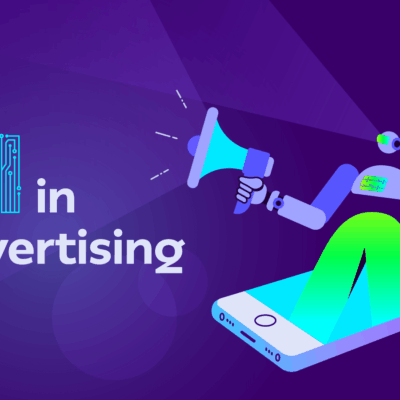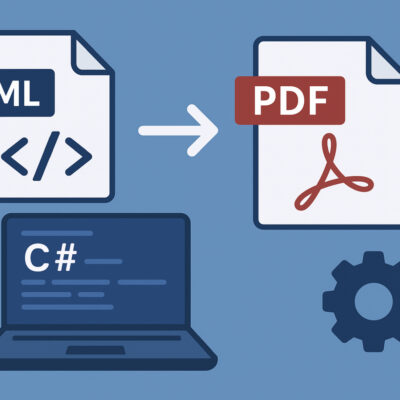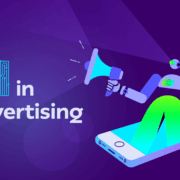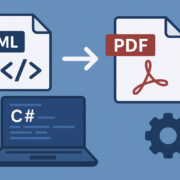All right, let’s call a spade a spade—SEO and paid media often get treated like they’re on opposite ends of the digital universe. One’s playing the long game, slowly building up steam. The other’s sprinting flat-out, chasing quick wins. In many businesses, they don’t even talk to each other—like estranged cousins at a family barbecue.
But here’s the thing—any good SEO or paid media agency will tell you that when you keep them apart, you’re missing out on some serious value. Done right, they can work together like a dream team. So, let’s unpack how to get your SEO and paid strategy singing from the same song sheet—and finally working as one.
Same Audience, Different Angles: Why SEO and Paid Are Two Sides of the Same Coin
At the end of the day, whether someone’s clicking on your ad or finding your blog through Google, it’s the same person. Just in a different mood or at a different stage of their journey. One minute they’re researching, the next they’re ready to buy. Your job? Be there for both.
SEO is the tortoise—slow and steady, earning trust and building your reputation over time. Paid media? It’s the hare—fast, loud, and grabbing attention while users are actively scrolling. But when you combine both? That’s when the magic happens. Here’s what that might look like:
- Use paid data to spot high-intent keywords your SEO content’s missing.
- Let organic traffic tell you what content to boost with ads.
- Sync messaging so your audience sees the same value, no matter where they land.
The Keyword Crossover: Where Your Money and Rankings Should Meet
Running SEO and paid campaigns without syncing your keywords is like pouring money down the drain while hoping for organic miracles. The thing is, your paid and organic keyword strategies should be talking to each other. Think about it:
- If certain paid keywords are driving strong conversions, your SEO team should be writing blog posts and landing pages targeting those terms.
- Got a bunch of SEO keywords that are dragging their feet? Test them with ads to see if it’s the word that’s weak—or your content.
- Found some low-cost paid terms with sky-high clicks? Those are gold for both channels. Get them into your metadata, headers, and page copy immediately.
The Landing Page Tug-of-War: Build Once, Win Twice
Ah, the classic landing page showdown. SEO wants juicy content, internal links, H2s, and crawlability. Paid media wants sleek design, one call-to-action, and zero distractions. It’s like trying to pack for the beach and a black-tie event using the same suitcase. But here’s the good news: you can build landing pages that work for both. How?
- Keep your hero section punchy—think clear headline, sharp subhead, and an obvious call-to-action.
- Layer in value-driven content like testimonials, FAQs, or detailed product breakdowns below the fold.
- Make sure the page structure still caters to SEO best practices—headers, alt text, keywords in the right spots.
Timing Is Everything: Using Paid Campaigns to Support SEO Rollouts
With SEO, you can publish an absolute ripper of a blog post today and still be waiting six weeks to see movement in the SERPs. That’s where paid media helps give it initial traction. Launching a new service page? Dropping a content cluster on an industry topic? Run some paid traffic to it. Here’s why:
- It puts your content in front of your audience immediately—not ‘sometime in Q4.’
- It sends early engagement signals to Google that can speed up indexing.
- It validates whether the content resonates with your audience before you spend time scaling it.
Message Match: Keeping Your Copy Consistent Across Channels
Your Google Ad says one thing, your organic meta description says another, and your landing page feels like it was written by someone with amnesia. That’s a branding inconsistency waiting to happen. If your copy feels all over the shop, it’s time to pull both teams into one room (or Zoom) and get on the same page. Here are some tips to keep it all feeling like you:
- Use the same tone across both paid and organic—it doesn’t have to be identical, just recognisable.
- Align your calls-to-action. If your ad says ‘Start Free Trial,’ your landing page shouldn’t say ‘Sign Up Now’ or ‘Book a Demo.’
- Sync feature and benefit messaging. If your product solves pain point A in your ads, your content should back that up, not bring up pain point B.
Test, Learn, Adapt: Using Paid Data to Strengthen SEO Strategy
Here’s where paid media really earns its keep—it gives you insights fast. Want to know if a headline works? Test it through a paid ad. Wondering which offer is more enticing? Split test it. This kind of instant feedback is SEO gold. For example:
- If your best-performing ad uses a headline like ‘Finally, Software That Doesn’t Suck,’ maybe don’t exactly use that, but definitely bring some of that realness into your meta title or H1.
- If ‘Try It Free’ beats ‘Start Your Trial,’ adjust your organic CTAs to match.
Paid data helps you make smart, real-time decisions for your long-game SEO plan. No more guesswork—just good strategy backed by hard numbers.
Wrapping It Up: It’s Not SEO or Paid Media—It’s Both
With SEO and paid media aligned, you get more bang for your buck and fewer wasted clicks. Next time you’re launching a campaign or briefing on a new piece of content, don’t silo your teams. Get them talking. Let them riff. Let them disagree, even—that’s where the good ideas come from. Just ask any experienced SEO and paid media agency.









